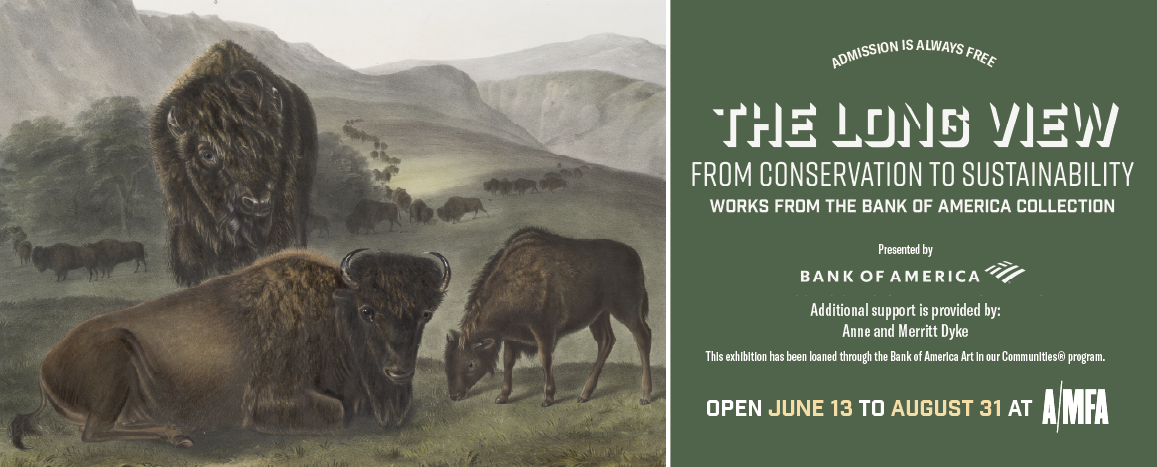The Ouachita National Forest will conduct a pine timber salvage operation in Montgomery County due to an Ips engraver beetle infestation.
There is an infestation of infected pine trees that covers an area of 177 acres on Forest Service land to the north of Lake Ouachita. This is situated on the Jessieville-Winona-Fourche Ranger District, southeast of the community of Story, Arkansas. The infestation starts from the shores of Lake Ouachita and extends northward. Visitors are advised to be cautious when traveling along Forest Service Roads 69, 69A, and 69B until salvage operations are completed later this spring.
The Ips engraver beetle activity is being closely monitored by the USDA Forest Service, in collaboration with state and federal partners such as the Arkansas Department of Agriculture – Forestry Division and U.S. Army Corps of Engineers. Michael Crotteau, Integrated Resources Staff Officer for the Ouachita National Forest, expressed their commitment to prioritizing treatment in areas where Ips beetles may harm public lands, endanger important habitats for wildlife, or pose a threat to forest users.

Ips engraver beetles are commonly found in most Southern pine forests. These beetles are considered “secondary” pests, as they only attack pine trees that have gone through a significant stress event such as drought, disease, storm damage, lightning strikes, wildfire, or competition for resources. Usually, Ips will attack groups of five to ten pine trees randomly across the forest. However, within the last two years, larger and more frequent outbreaks of Ips infestations have occurred. These infestations may have been triggered by the extreme late summer drought that occurred in 2022.
Symptoms of an Ips beetle infestation typically involve discolored crowns, dying and dead branches, sloughing bark, and dead trees. However, there are three distinct species of Ips Engraver beetles that infest different areas of the pine tree. One of these species primarily attacks side branches, which generally does not result in the death of the tree. In this case, the symptoms may include small emergence holes, pitch tubes on the bark, or sawdust at the base.
Private landowners with pine trees damaged by a suspected Ips bark beetle outbreak are advised to contact the Arkansas Department of Agriculture – Forestry Division.
(Lead photo courtesy of Utah State University)







One Response
The bike trails are going to be built if us deer hunters like it or not, my only input would be to shut the bike trails down during muzzleloading and rifle seasons, just for safety reasons for the bikers, if they don’t want to shut the trails down during those seasons, it needs to be made mandatory that every biker or persons on the trails wear hunters orange according to the AGFC regulation book.